Off Grid Solar Batteries: Lead Acid or LiFePO4?
Although LiFePO4 batteries have pulled ahead of lead acid in the solar market, there’s still a place for lead acid and, in certain circumstances, they are the best choice.
But sometimes they’re not.
We live off grid and we’re reliant on solar and wind power to generate 100% of our electricity. We built our system from the ground up and we started with lead acid batteries. That was over four years ago.
Six months ago we transitioned to LiFePO4 batteries so we’ve seen the good, the bad and the ugly of both sides.
Here’s what we learned.
Our Environment
We live in a high desert area which means the summers are very dry and usually sunny (when we’re not socked in by wildfire smoke!). Our winters, however, are extremely cold with temps dipping below -25F. For half the year, we’re covered by at least a couple feet of snow.
The good news is that winters are usually pretty sunny, too. The days are shorter but the sunlight gets reflected by the snow onto our panels so our intake is still relatively good… as long as we keep the snow and ice off the panels!
That said, lead acid batteries aren’t affected by cold temperatures. LiFePO4, however, are. They cannot charge or discharge if temps drop below 32F. Some LiFePO4 batteries come with internal heaters to prevent freezing, but power generated to heat a battery is power you aren’t getting to use.
Fortunately, our home has a root cellar that stays about 50F year round. We store our equipment in the cellar so freezing isn’t an issue. If your home doesn’t have a cellar and your battery storage area isn’t heated, lead acid might be a good choice for you. But since lead acid batteries out-gas when they’re charging, you definitely don’t want them in the house with you!
You have to consider where your system will be housed and choose accordingly, based on your weather.
Our System
Our solar system is 24vdc with a 2800 w (2.8kw) solar array. When we started in 2020, we had 6 panels but then quickly realized we needed to add 3 more. We added 4 more batteries as well, totally 12.
Those additions hit the ceiling of what our inverter would do but, so far, that’s more than enough power for the two of us.
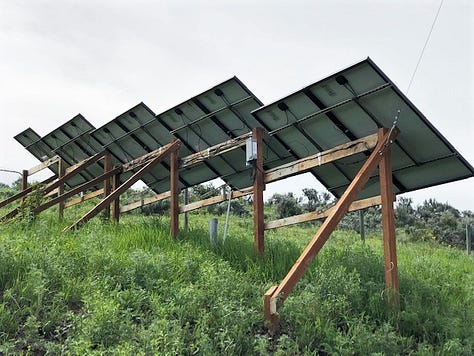
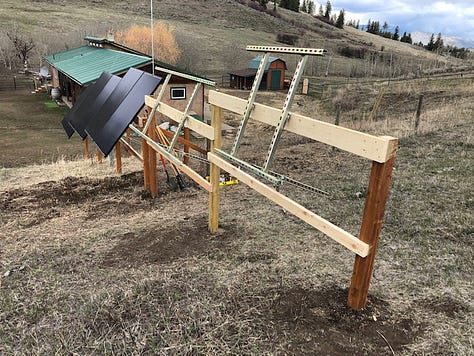
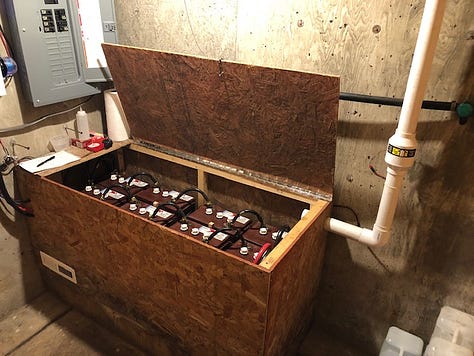
From 2020 to the fall of 2024 our lead acid batteries worked fine. The manufacturer’s expected life for each Trojan lead acid battery was 1200 cycles and we got 1500 cycles from ours, so that’s not bad.
We probably could have stretched it even further if we’d known what we know now, but this was our first venture into the world of solar power and you don’t know what you don’t know until you know it.
Battery Failure
In October 2024, one of our lead acid batteries shorted out, which put a continual drain on the other batteries. Each night, we’d check the system and, while it seemed low, it was still managing okay.
But then every morning we’d wake to a dead system and our generator would have to run.
It got old. Fast.
Our first fix was to remove the dead battery from the system. Because the batteries were wired in a series parallel wiring configuration, we had to remove four batteries instead of just one.
We measured the specific gravity of all 12 batteries and removed the worst battery and the next three batteries with the lowest charge.
That worked, but it also meant we were running at 1/3 our capacity with just 8 batteries remaining.
Good, but not great. This was not a long-term solution.
The Generator
As I mentioned, every morning our generator was coming on to charge the batteries that were refusing to hold charge. Having a back-up generator is important and also convenient, but it’s not for every day use.
We have a Kohler 14w whole-house generator that runs on propane.
In 2020, we bought a 500 gallon propane tank and had it filled twice yearly, in spring and early autumn. In addition to our generator, our freezer, stove, water heater, and one small propane heater in our kitchen all run on propane.
Winters are long here and can come suddenly. When spring comes, it causes our roads to be a super muddy mess. Altogether, it can be tough to get a propane truck up here so a few years ago we invested in a 2nd tank so we could have both filled just once a year.
Our propane guy is much happier and so are we!
So, when our batteries started to fail in the autumn, we worried about the extra unexpected load our generator would have to face over the coming winter and into spring. Would we have enough propane to get us through? Would we make it until the roads thawed?
We had to make some big choices.
New Lead Acid or LiFePO4?
Price was a factor back in 2020 when we initially bought our lead acid batteries. 2020 was also the height of Covid and so many things were difficult to get. There were supply chain issues and shipping could be unreliable and expensive, too.
The first system we bought actually got burned up in a house fire so we had to buy everything twice in 2020. … but that’s another story.
By 2024 fortunately the price of LiFePO4 had come down substantially and the tech had improved, too. By that time, most LiFePO4 we looked at ranged from $500 USD up. Meanwhile, the price of lead acid was increasing! So pricewise, LiFePO4 was the winner.
We also knew that we didn’t want to do another series battery arrangement because balancing and equalizing is a real headache! Series parallel isn’t exclusive to lead acid systems – some people run their LiFePO4 systems this way, too. Either way, equalizing manually is a headache and we’d had enough of that.
In 2024, EG4 batteries were popular. They had great reviews and were relatively inexpensive but they also weren’t available. When we inquired, the supplier expected us to pay 100% in advance to be put on a waitlist until some unknown and indefinite date.
With winter coming fast, that made us uneasy.
Other batteries we considered were priced low - at first. When we looked into shipping, they either weren’t really available or shipping was the same price as the battery!
Customer Service and Warranty
In addition to being unavailable, many of the LiFePO4 batteries on the market were coming from China. Many great things do come from China – I’m not throwing any shade on China – but if you have a problem or technical issue, how easy is it to solve with that much distance between you?
That made us uneasy, too.
The Beauty of Happenstance
In early 2020 when we were looking for off grid property, we looked at one rundown house that still had the skeleton of an old solar system mounted to one wall. The brand was Backwoods Solar and the equipment was was dated from the 1980’s.
When we were ready to buy our first system components later that year, we looked up Backwoods Solar because we figured any solar venture that had been in business since the 1980’s must be doing something right.
They didn’t disappoint!
Since 2020, nearly all of our equipment has come from Backwoods and one main factor is their customer service. Whomever answers the phone can usually also answer whatever question we have and, I should say, they always answer the phone!
That’s worth a lot, especially in the beginning when you’re figuring all of this out by yourself in the dark, wearing a headlamp in the cellar, hundreds of miles from nowhere!
Backwoods Solar
Backwoods isn’t paying for an endorsement and they certainly didn’t give me any free batteries to say this (although I wish they would!). It’s just our honest experience and maybe it’ll help you, too.
Eclipse Batteries
Backwoods Solar carries a line of Eclipse batteries and, after considering a lot of companies, we went with Eclipse.
Eclipse was a bit more expensive than some of the others at $2400 USD each and we bought three,. They’re each 24v with 200 amp hours and an expected life cycle of 7000.
That’s a big investment but one we feel good about.
Backwoods had the batteries we needed in stock and they’re in Idaho, very close to our home in Washington. We wanted to drive to Idaho to pick them up but they were shipped from a warehouse in California and shipping wasn’t too expensive in the larger scheme of things.
Picking them up from town was another matter…
Battery Warranties
Eclipse batteries have a 7 year warranty and, if we ever have an issue, the warranty stipulates that we call Backwoods – not some mysterious 1-800 number.
We feel good about that, too.
Installation
We crafted a battery rack from an old bread rack and affixed three shelves – one for each battery. We were able to reuse the wiring from our old system and we wired them in parallel so we have 600 amp hours of battery storage.
We also bought a BMK (Battery Monitoring Kit) which makes reading our system’s state of charge so much easier! If we’d known about BMKs, we would have installed one on our first system.
It’s a game changer!
Regarding things we would have done differently, we would have also checked the specific gravity of each battery cell of our lead acid system more often and equalized more. I really believe we could have made our lead acid batteries last even longer if we had done that from the beginning.
Live and learn.
LiFePO4 Management
With LiFePO4, some people say that you can deplete the battery to 0% then charge it to 100% but, in reality, things aren’t so simple.
If LiFePO4 batteries drop below 10%, the BMS (internal Battery Management System) will shut the battery down to prevent it dying irrevocably. Waking the battery back up to get it to start charging again is complicated and troublesome.
Don’t run your batteries down to 0%!
We run our batteries as low as 30% before the generator comes on to charge. John set it to come on and shut off automatically when the batteries reach certain programmed levels.
When that happens (which has been rare!) we charge to the batteries to 80% because, if the sun comes out, it will bring them up to 100% without us. At 100%, they equalize themselves.
Ah…. That’s nice!
While it’s certainly possible to run the batteries down to 20% or lower, it’s risky. If the batteries were running low and something that takes a lot of power were to come on (like the well pump for instance), the batteries could easily draw down too low.
We’re not risking that.
Yes, they are under warranty but warranties have stipulations about battery charge levels. Every battery has an internal monitor so if you have an issue, the manufacturer will read the monitor to see how low you let it drop. If you let it drop too low, that could void your warranty.
So, don’t do that.
Summary
Lead acid can be a perfect choice for certain situations. They take more maintenance but, if you do the maintenance, they can last a long time.
They’re reliable, they’re easy to find and they can be inexpensive.
In fact, during a SHTF situation, it would be a lot easier to find old lead acid batteries (in golf carts/forklifts, etc.) than it would be to find LiFePO4 batteries just hanging around in some abandoned warehouse.
Depending on your level of prepping, that could be a consideration.
That said, switching to LiFePO4 has opened a new world of possibility around here! No longer do we need to buy distilled water to pour into the tiny battery cells or worry about getting battery acid on our hands or smell that disgusting off-gassing odor every time we go into our cellar!
Now, we have three batteries to manage instead of 12, no battery box or venting, and life is just so much simpler.
Why didn’t we do this before?
Oh, yeah. Never mind.
Lead acid made sense for us in 2020 but things change and evolve and we grow with time and experience. There is no wrong way - everyone has to do what makes the best sense for their situation in the moment.
But if you’re in that moment and considering which path to take, I hope this information has helped you decide.
Good luck out there! Stay charged!



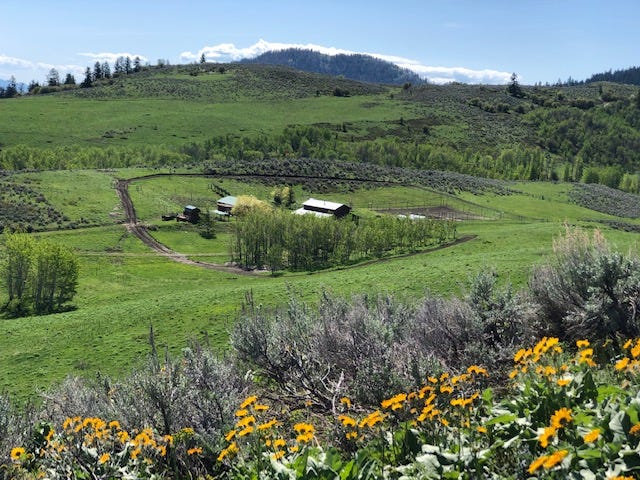
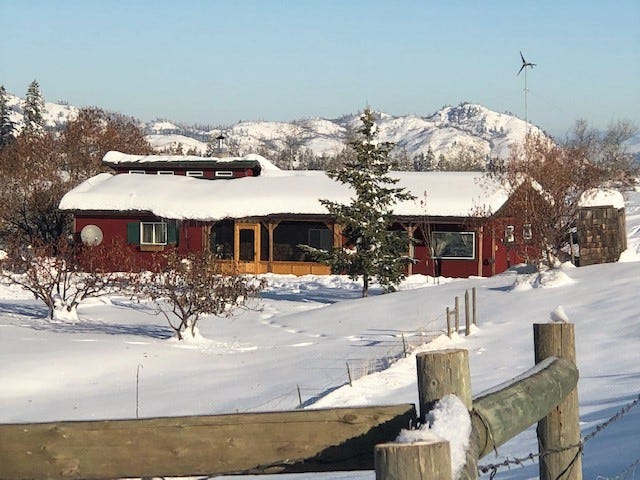
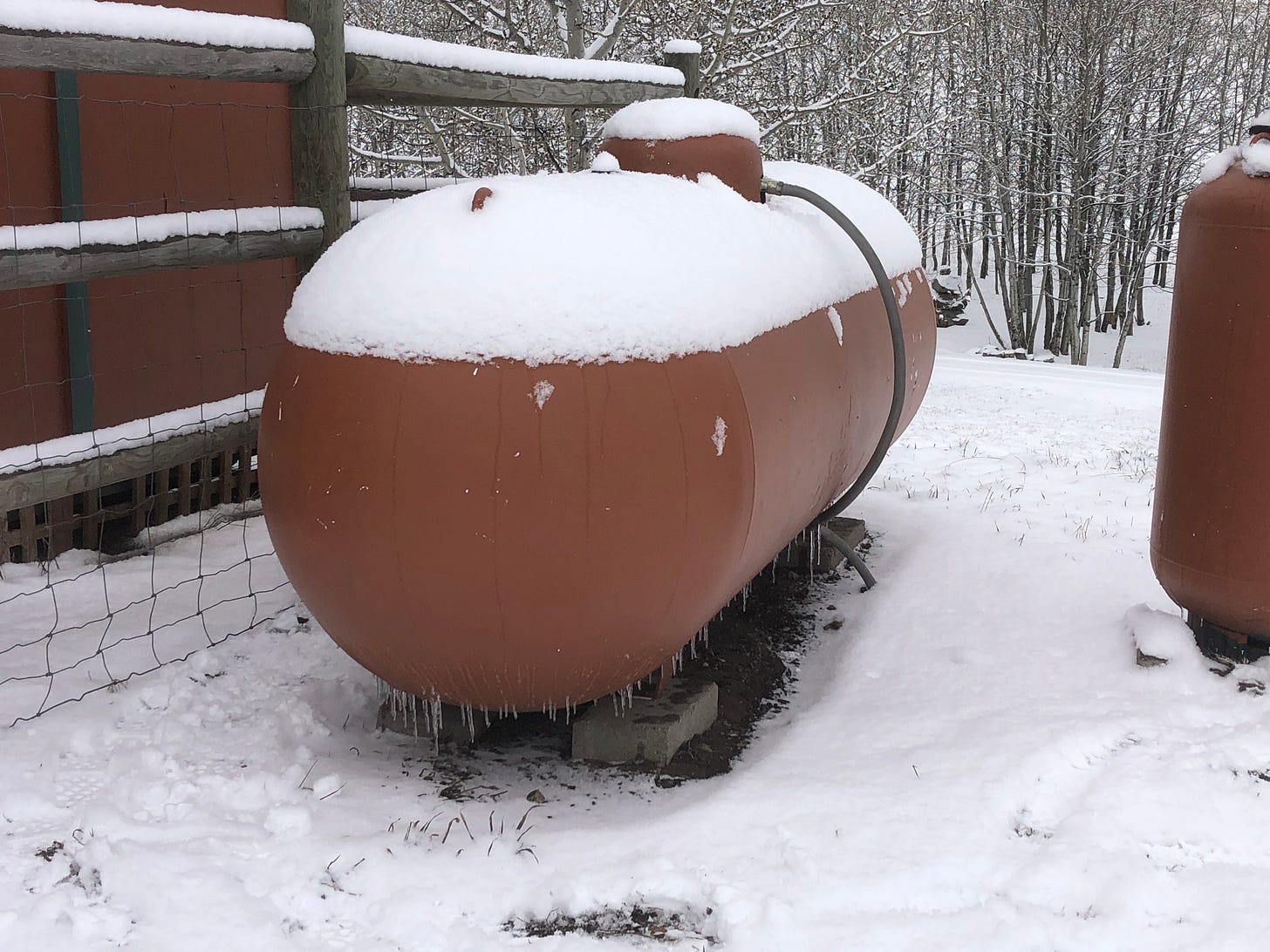


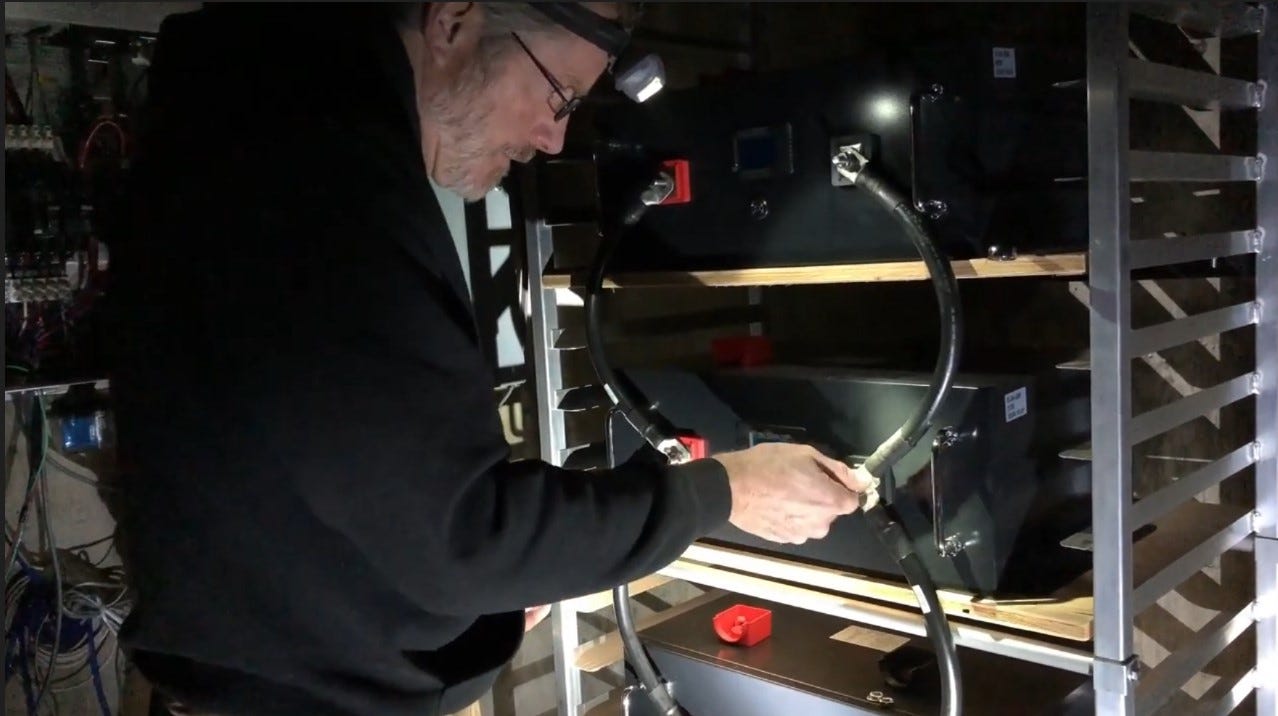
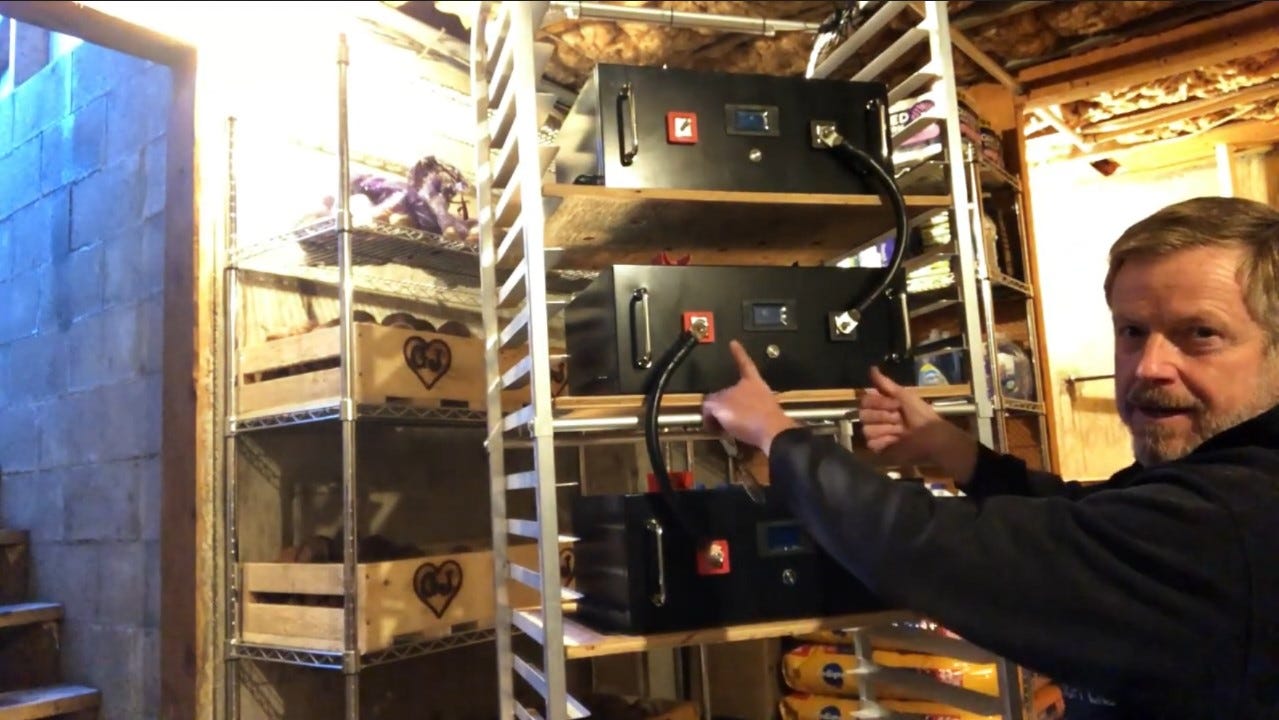

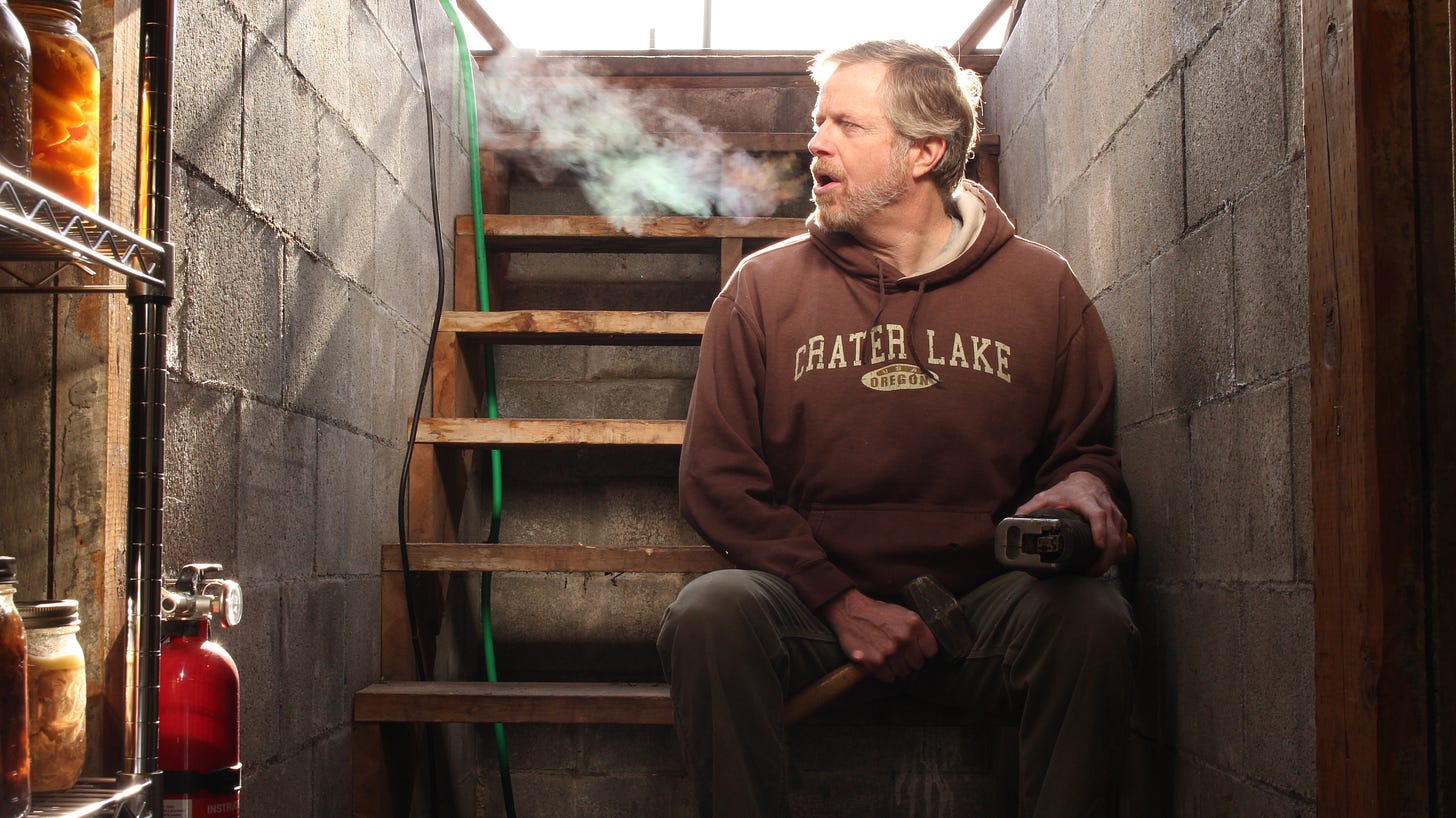
I guess they wouldn't call them learning curves if they weren't so steep at first; I am heading into full time yurt life, just not sure where yet. (Wherever the codes will allow it). I figured I would get some kind of Jackery unit after I find the land. I know they are cheesy and slightly weak, but I think my needs will remain quite simple. The yurt I am buying is rated for Mongolia, snow and wind, and has a 3 layer wall system, cotton/felt/cotton. It's made by a company in Ontario called GroovyYurts.com. This gonna be clazy. Also checking this reddit on power related things https://www.reddit.com/r/preppers/comments/sg88sv/is_jackery_portable_power_station_worth_it/?rdt=51247
Greta, what happened to your YT channel?